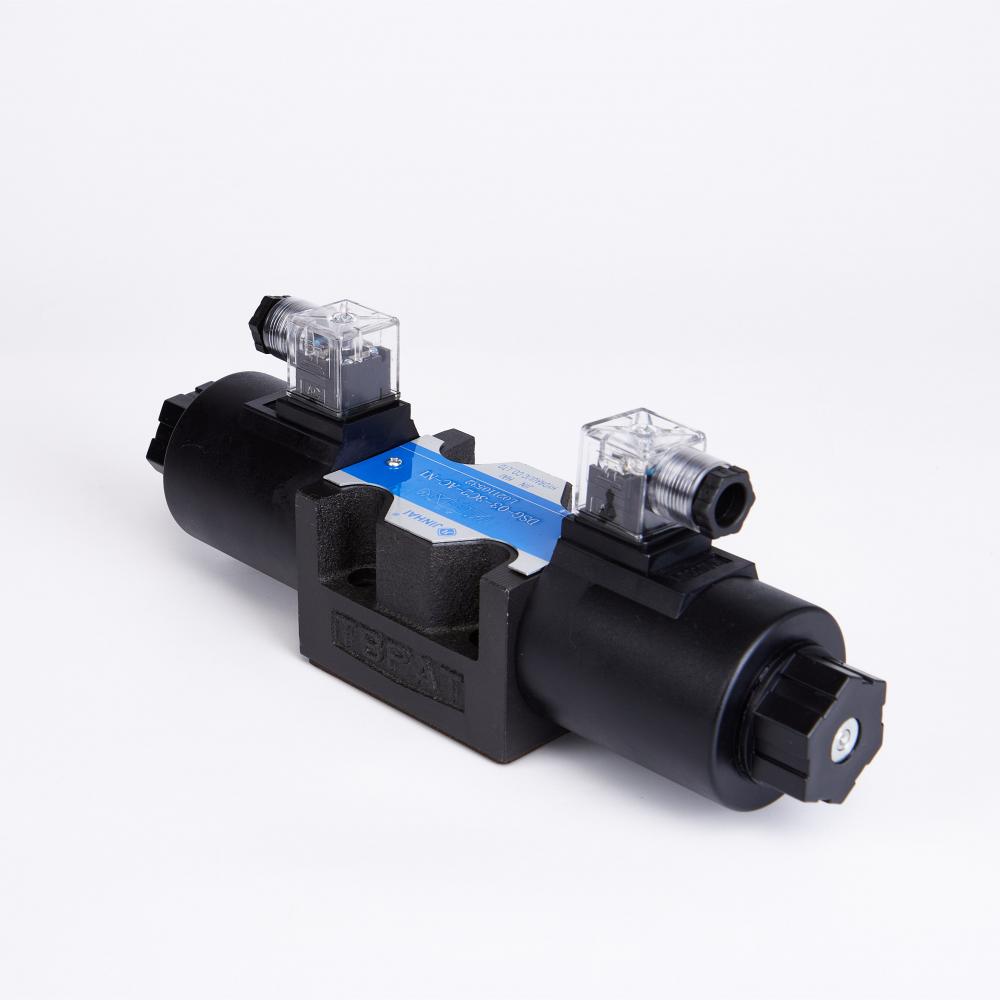In the world of hydraulic and pneumatic systems, solenoid Directional Valves play a crucial role in controlling the flow of fluids. These valves are extensively used in various industries, including manufacturing, agriculture, and automotive, to name a few. In this artical, we will delve into the working principles of solenoid directional valves and explore their significance in different applications.  What is a Solenoid Directional Valve?
What is a Solenoid Directional Valve? A solenoid Directional Valve is an electromechanical device that controls the flow direction of fluids in a hydraulic or pneumatic system. It consists of a solenoid coil, a movable spool or poppet, and a housing that contains various ports. When an electric current is applied to the solenoid coil, it generates a magnetic field that interacts with the movable spool, causing it to shift and redirect the flow of fluid. Solenoid directional valves are available in different configurations, such as 2-way, 3-way, and 4-way valves, each suited for specific applications.
Working Principles of a Solenoid Directional Valve The operation of a solenoid directional valve can be divided into two main stages: energized and de-energized. In the energized state, the solenoid coil receives an electric current, creating a magnetic field that pulls the movable spool or poppet towards it. This movement allows the fluid to flow through specific ports, enabling the desired direction of flow. Conversely, when the solenoid coil is de-energized, the magnetic field dissipates, and the spring within the valve returns the spool or poppet to its original position, blocking the flow of fluid or redirecting it to alternate ports. Applications and Benefits Solenoid directional valves find extensive use in a wide range of industries due to their versatility and reliability. They are commonly employed in hydraulic power units, industrial machinery, automotive systems, and even household appliances. These valves offer several benefits, including precise control over fluid flow direction, quick response times, compact designs, and low energy consumption. Additionally, solenoid directional valves are compatible with various types of fluids, ranging from hydraulic oils to air and water, making them adaptable to diverse applications. Considerations for Selecting a Solenoid Directional Valve When choosing a solenoid directional valve for a specific application, several factors need to be taken into account. These include the flow rate, pressure rating, temperature range, and compatibility with the fluid being used. Additionally, the voltage and electrical connections required must be considered, as well as the level of protection required for the valve to operate reliably in the given environment. Solenoid directional valves are essential components in hydraulic and pneumatic systems, providing reliable control over fluid flow direction. Understanding their working principles and considering important factors when selecting the right valve for a specific application ensures optimal performance and efficiency. With their versatility and wide range of applications, solenoid directional valves continue to be integral to countless industries, enabling precise control and automation in fluid power systems.



